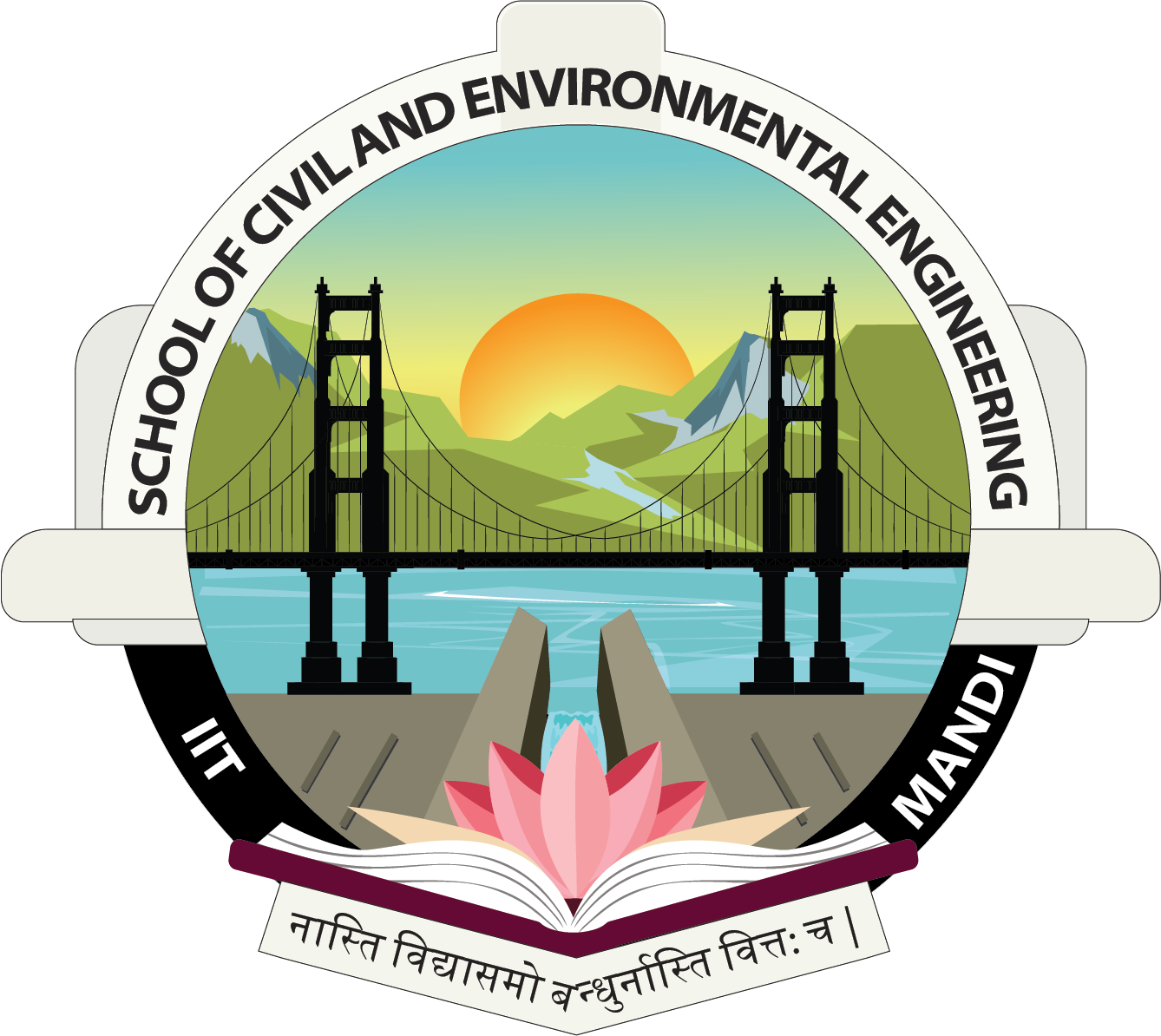Spatio-temporal analysis of trends and periodicities of regional drought projections in India
EGU general assembly conference abstracts
Vivek Gupta, & Manoj Kumar Jain.
2017-04-01
Climate change is believed to be altering the hydrologic cycle of different regions worldwide. This may alter the occurrence and distribution of extreme events such as droughts and floods. India is one of the most drought affected country, it is therefore important to understand spatiotemporal variation of droughts in future due to climate change. In this paper, we have analyzed the spatiotemporal projections of droughts over India for 21st century using Global Climate Model (GCM) precipitation projections of ESM2G model under two Representative Concentration Pathways (RCP) namely, RCP 4.5 and RCP 8.5. K-means Clustering algorithm has been exploited to obtain homogeneous precipitation region in India for regional drought analysis. Further, temporal analysis of projected annual minimum SPI for year 2006 to 2100 has been performed for different homogeneous regions obtained using cluster analysis. Trend analysis of annual minimum SPI series has also been performed using Mann-Kendall and Sen's slope method. Furthermore, periodicity in SPI series have been examined using wavelet periodogram analysis. Findings of this paper suggest that major drought events for Northeastern and Southern India are likely to occur in second half of the 21st century while for all other parts of India, most of the major drought events are expected in first half of the 21st century. Also, wavelet periodicity analysis indicates inter-annual periodicities of projected droughts between 3 to 9.5 years in different regions of India.

